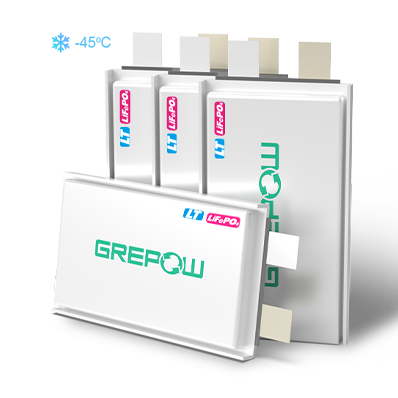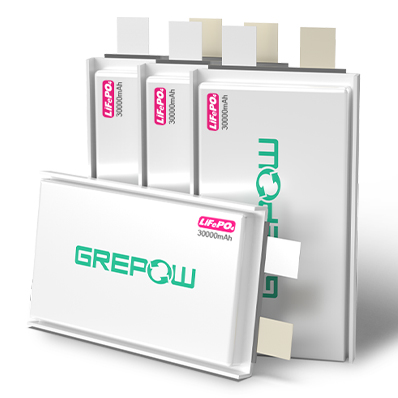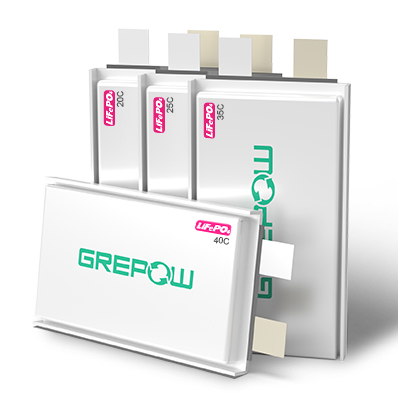Causes and Consequences of Explosion of LiFePO4 Battery
Introduction
In the past few years, electric vehicles using ternary lithium batteries have experienced fire and explosion many times.
Therefore, the lithium iron phosphate (LiFePO4, LFP) battery, which has relatively few negative news, has been labeled as “absolutely safe” and has become the first choice for electric vehicles. However, in the past years, there have been frequent rumors of explosions in lithium iron phosphate batteries. Is it not much safe and why is it a fire?
Causes and Consequences
In general, lithium iron phosphate batteries do not explode or ignite. LiFePO4 batteries are safer in normal use, but they are not absolute and can be dangerous in some extreme cases. It is related to the company's decisions of material selection, ratio, process and later uses. Although the LiFePO4 material is thermodynamical, its thermal stability and structural stability are among the highest of all current cathode materials and have been verified in actual safety performance tests, but the possibility of short-circuiting from materials and batteries is inherent. And by chance, it may be the least safe.
First, from the preparation of the material, the solid phase sintering reaction of LiFePO4 is a complex heterogeneous reaction with solid-phase phosphate, iron oxide and lithium salt, a carbon precursor and a reducing gas phase. In order to ensure that the iron element in the LiFePO4 is positive divalent, the sintering reaction must be carried out in a reducing atmosphere, and the strong reducing atmosphere in the process of reducing the ferric ion to the positive divalent iron ion, there will be a positive divalent The possibility of further reduction of iron ions into trace elemental iron. Elemental iron can cause the micro-short circuit of the battery, which is the most taboo substance in the battery. This is one of the main reasons why Japan does not apply LiFePO4e to the powerful lithium-ion battery. In addition, a significant feature of the solid phase reaction is the slowness and incompleteness of the reaction, which makes the possibility of trace Fe2O3 in LiFePO4. The Argonne laboratory in the United States attributed the defect of poor high-temperature cycle of LiFePO4 to Fe2O3. Dissolution during charge and discharge cycles and precipitation of elemental iron on the negative electrode.
In addition, in order to improve the performance of LiFePO4, it is necessary to nanoparticle its particles. A significant feature of nanomaterials is their low structural and thermal stability and high chemical activity, which also increases the probability of iron dissolution in LFP to some extent, especially under high-temperature cycling and storage conditions. The experimental results also show that the presence of iron is tested by chemical analysis or energy spectrum analysis on the negative electrode.
From the aspect of preparation of lithium iron phosphate battery, since the LiFePO4 nano-sized particles are small, the specific surface area is high, and the high specific surface area activated carbon has a strong gas such as moisture in the air due to the carbon coating process. Adsorption, resulting in poor electrode processing performance, the adhesion of the binder to its nanoparticles is poor. The nanoparticles are easily detached from the electrode during the battery preparation process or during the charge and discharge cycle and storage of the battery, causing a micro short circuit inside the battery. Of course, this is only a problem in the production process, and the technology of lithium batteries is developing rapidly. Some technologies are already excellent.
How does the lithium iron phosphate battery work?
The requirements for rechargeable batteries are:
· High capacity
· High output voltage
· Good charge and discharge cycle performance
· Stable output voltage
· High current charge and discharge
· Electrochemical stability
· Safety during use (no overcharge, over-discharge, and short circuit) Such as improper operation caused by burning or explosion)
· wide operating temperature range
· Non-toxic or less toxic
· No pollution to the environment
Lithium iron phosphate batteries using LiFePO4 as the positive electrode are good in these performance requirements, especially in large rate discharge (5C to 10C discharge), discharge voltage stability, safety (no combustion, no explosion), and durability (Life cycles) and eco-friendly. LiFePO4 is used as the positive electrode of the battery. It is connected to the positive electrode of the battery by aluminum foil.
The middle is the separator of the polymer. It separates the positive electrode from the negative electrode, but the lithium-ion Li+ can pass and the electron e- cannot pass. The right side is composed of carbon (graphite). The negative electrode of the battery is connected by a copper foil to the negative electrode of the battery. Between the upper and lower ends of the battery is the electrolyte of the battery, and the battery is hermetically sealed by a metal casing.
When the LiFePO4 battery is charged, the li-ion Li+ in the positive electrode migrates toward the negative electrode through the polymer separator; during the discharge, the li-ion Li+ in the negative electrode migrates toward the positive electrode through the separator. Lithium-ion batteries are named after the lithium ions migrate back and forth during charging and discharging. The operating temperature of the LiFePO4 battery, the charging environment temperature: 10℃ ~ 55℃ (-20℃ for low temperature series); discharge environment temperature: 20℃ ~ 60℃ (extreme -40℃ for low temperature).
LFP Battery Safety Classification Test
1.Anti-heavy object impact: Lithium iron phosphate battery pack shall be tested according to regulations, and shall not ignite or explode.
2.Resistance to thermal shock: The battery pack shall be tested according to the regulations and shall not ignite or explode.
3.Anti-overcharge: The battery module is tested according to the regulations and should not be fired or exploded.
4.Anti-short circuit: The battery module shall be tested according to the regulations and shall not ignite or explode.
5.High-temperature storage: The battery should be tested according to the regulations, and should not leak, smoke, catch fire or explode.
6.Anti-heating: The battery module is tested according to the regulations. No part of the explosion battery penetrates the screen, and some or all of the batteries protrude from the screen.
7.Anti-puncture: The LiFePO4battery pack shall be tested according to the regulations and shall not ignite or explode.
Characteristics of lithium iron phosphate battery
High energy density
Its theoretical specific capacity is 170mAh/g, the actual specific capacity of the product can exceed 140mAh/g (0.2C, 25℃);
safety
It is currently the safest lithium-ion battery cathode material; it does not contain any heavy metal elements harmful to the human body.
long life
Under 100% DOD conditions, it can be charged and discharged more than 2000 times. The service life of LiFePO4 battery is closely related to its use temperature. If the use temperature is too low or too high, it will cause great disadvantages in its charging and discharging process and use process.
Especially used in electric vehicles in northern China, in autumn and winter, the LiFePO4 battery cannot be powered normally or the power supply is too low, and its working environment temperature needs to be adjusted to maintain its performance. At present, the domestic solution to the constant temperature working environment of LiFePO4 battery needs to consider the space limitation problem. The more common solution is to use aerogel felt as the insulation layer.
Learn more about Grepow LiFePO4 batteries
LiFePO4 battery: Click Here
High discharge LFP series: Click Here
Low-Temperature LFP series: Click Here
LiFePO4 Modular Battery: 12.8V 7Ah Module
Related Articles
-
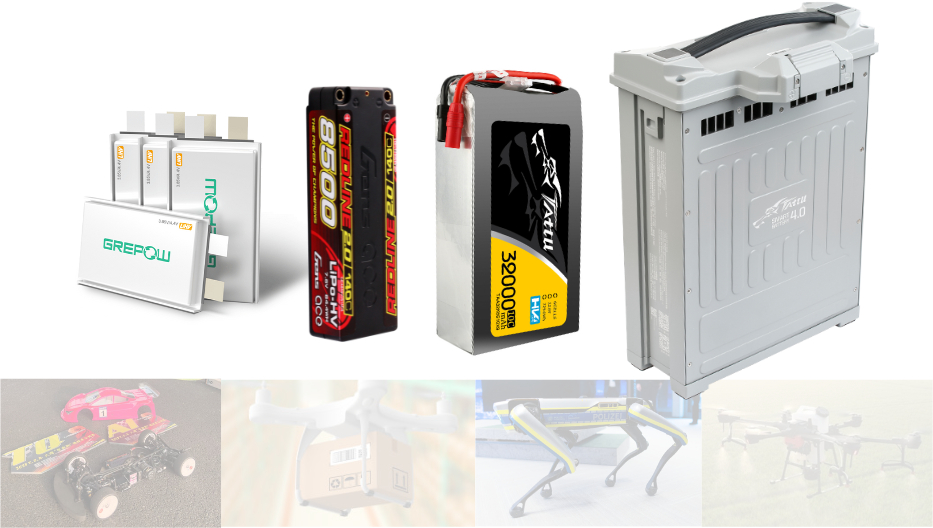
High Voltage Batteries: Basics & Applications Guide
2025-02-28 -
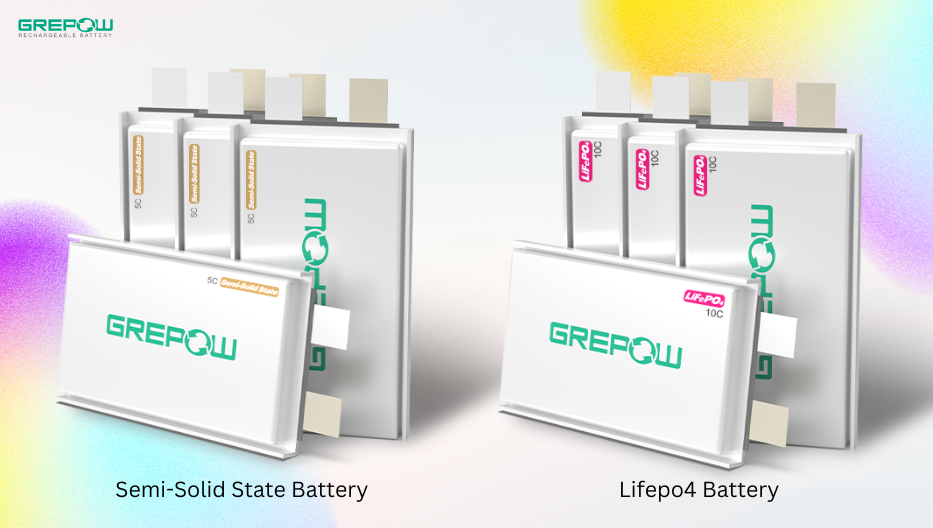
Semi Solid State Battery vs Lifepo4 Battery: What's the Difference?
2025-01-20 -

How Drone Light Shows Are Created and Key Battery Power Requirements
2024-10-21
















































